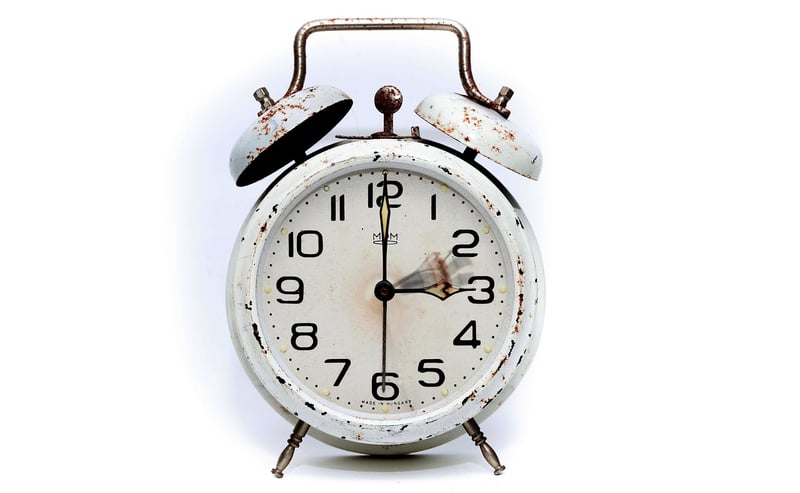Temporal Paradox Prevention
Mechanisms for Travel and Temporal Paradox Prevention
Introduction to Time Travel
Time travel has been a popular concept in science fiction for decades, allowing characters to journey to the past or future. However, the idea of time travel raises many questions, including the possibility of creating temporal paradoxes.
Types of Time Travel Mechanisms
There are various mechanisms proposed for time travel in fiction and theoretical physics. Some of the common ones include:
- Wormholes: These hypothetical tunnels through spacetime could connect distant points in time and space.
- Time Machines: Devices that can transport individuals through time, like the iconic DeLorean from "Back to the Future."
- Time Dilation: Moving at relativistic speeds can cause time to pass differently for travelers compared to stationary observers.
Preventing Temporal Paradoxes
Temporal paradoxes, such as the grandfather paradox or bootstrap paradox, can arise if time travel is not handled carefully. Here are some strategies to prevent such paradoxes:
- Novikov Self-Consistency Principle: Events in the past cannot be changed, as any actions taken by time travelers would already be part of the timeline.
- Parallel Universes: Time travelers create new timelines or parallel universes with each change, avoiding paradoxes in the original timeline.
- Temporal Agents: Individuals or organizations tasked with monitoring and correcting any disruptions caused by time travel.
Image Examples
Below are some images related to time travel and temporal paradox prevention:


Conclusion
While time travel remains a fascinating concept in fiction and theoretical physics, the potential for temporal paradoxes highlights the need for caution and creative solutions in any time-travel narrative.
